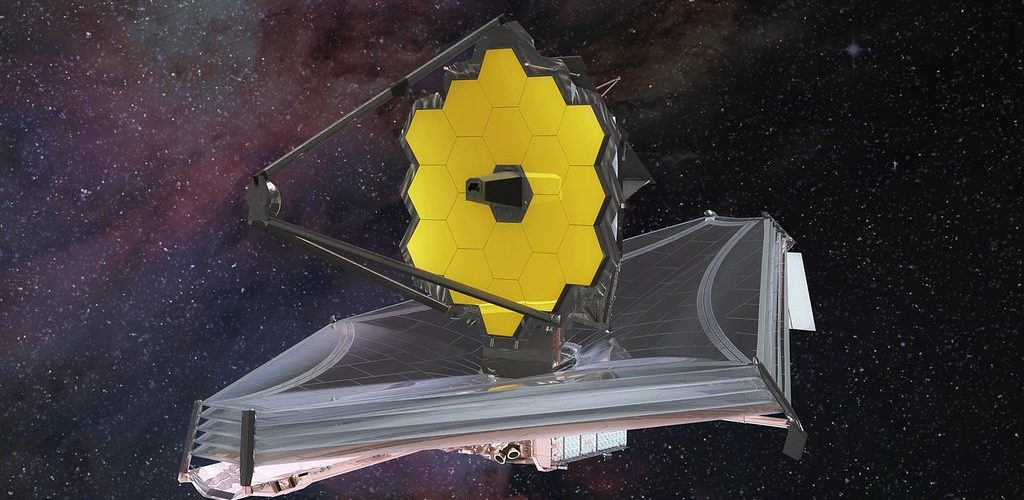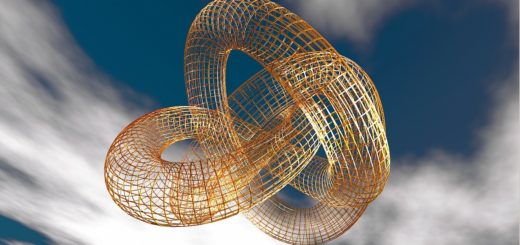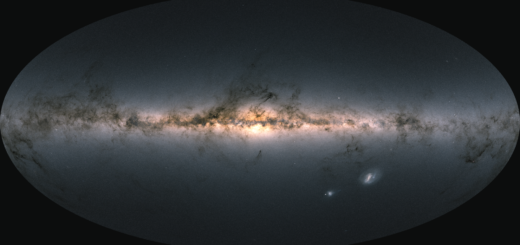The James Webb Space Telescope: seeking light

[UPDATE]: Rescheduled launch date – Saturday 25th December 1220 GMT]
With over 25 years of development, numerous delays, major redesigns, extensive testing, and massive costs in excess of £7.5bn; finally, it looks like the long-awaited James Webb Space Telescope (JWST) is finally fuelled and ready to launch from French Guiana on Wednesday 22nd December 2021 07:20 EST[1].
The JWST is the revolutionary successor to the Hubble telescope, which has been orbiting the earth since 1990. The JWST is a collaborative project by NASA, ESA & CSA, designed to look at not only our own solar system but also distant worlds and even the faint glow from the first galaxies of the universe left over after the big bang[2]. The JWST is both the largest and most powerful space telescope ever constructed and its unique selling point is that it has near-infrared and mid-infrared light capturing abilities (0.6-28.3 µm) that far surpass that of its predecessor. Once launched on a European Ariane-5 rocket, the JWST will travel over 1.5 million kilometres from earth to region known as a Lagrange point (a stable gravitational point in space), to begin its 5-10-year mission[3].
A major challenge to the mission is that the telescope, when deployed, is too massive to launch using our current rocket technology and has had to be designed to fold up for launch. Among other parts, the mirror on the JWST is 6.5 metres across and is comprised of 18-gold plated beryllium hexagonal segments which must unfold perfectly whilst in space. There is also a five-layered sun-shield the size of a tennis court which will expand and stretch to size on deployment; all while adjusting smaller systems, cooling down, aligning and calibrating instruments[4].
Balancing the value of the JWST on paper seems tricky, as a lot can go wrong. Yes, building the JWST has been costly/long and yes, there are many aspects to the mission which could jeopardise its success. Including launch issues, deployment problems or even the fact that it is so far away, there is no way for astronauts to fix it! But this, like many other ambitious endeavours of this nature, holds their value in both sheer scientific discovery and also in the revolutionary scientific knowledge that can only be achieved by those who have gone in pursuit of it.
Copy-edited by Claire Thomson
[1] https://www.scientificamerican.com/article/nasas-james-webb-space-telescope-is-fueled-for-late-december-launch/
[2] https://jwst.nasa.gov/content/webbLaunch/index.html
[3] https://www.bbc.co.uk/news/science-environment-59419110
[4] https://jwst.nasa.gov/content/webbLaunch/assets/documents/WebbFactSheet.pdf






